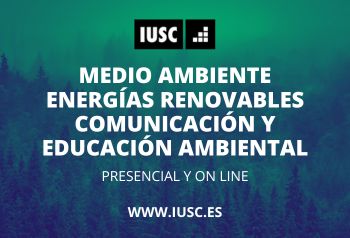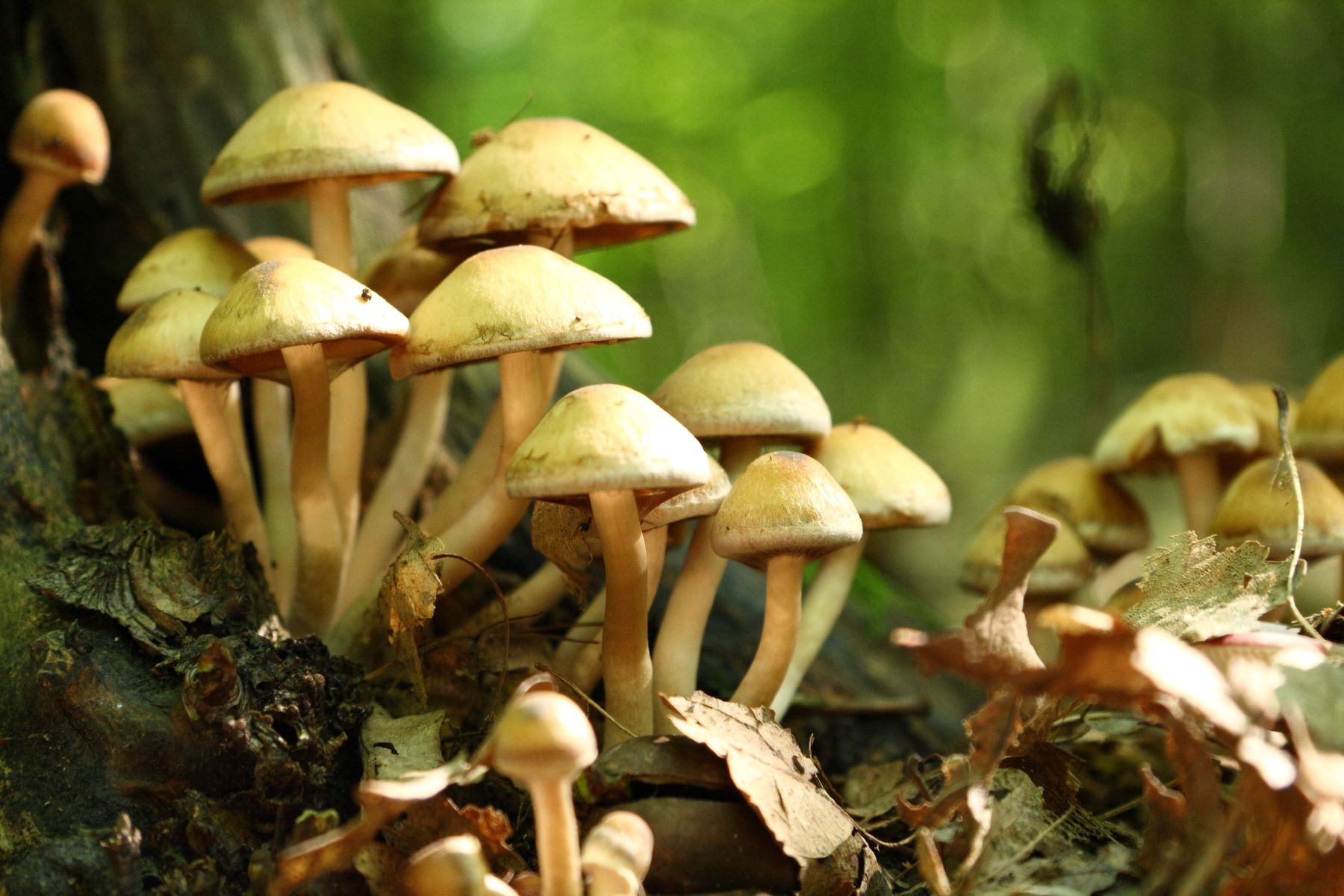Andalusia’s natural parks have a ‘hidden’ wealth that must be preserved and protected at all costs. The time of Mushroom picking is here and regulations must be respected and the regulations applicable to it, to ensure its recovery and not to disrupt the balance ecosystem of the area
In the natural parks of Andalusia, the arrival of autumn transforms the forest landscape explosion of life hidden underground: mushrooms. These organisms, essential for the maintenance of ecosystems, represent one of the greatest biological diversities in the autonomous community. However, collecting and consuming without due care can have serious consequences. Aware of the importance of these living creatures, the Junta de Andalucía has increased its efforts to protect both mushroom species and the habitats where they thrive.
Mushrooms, which belong to the kingdom Fungi, play a fundamental role in maintaining the ecological balance of forests. They act as decomposers and aid in mycorrhizal symbiosis with trees and plants, allowing them access to essential nutrients. In Andalusia, the diversity of species is particularly striking, as is the mycologythe study of fungi, has become increasingly known, both in the scientific field and in rural tourism.
Precisely, the Basic Mycological Inventory of Andalusia (IMBA), a publication resulting from the research and cataloging work of the fungal diversity present in Andalusia, includes more than 32,000 records of mycological species and has a representation of species from all Andalusian ecosystems.
The Sierras de Cazorla, Segura and Las Villas Natural Park, the Alcornocales Natural Park and the Sierra de Grazalema Natural Park, among others, are some of the most notable destinations for mycology enthusiasts. In these spaces you will find common species such as Lactarius deliciosus (chanterelle), one of the most prized mushrooms for consumptionto other rarer specimens such as the Rubroboletus satanas, popularly known as Satan’s boletus, an extremely poisonous species.

One of the most relevant concerns for the Junta de Andalucía is the irresponsible harvesting of mushrooms. Although there are highly prized edible species, such as the aforementioned chanterelle or Macrolepiota mastoidea (parasol), there are many others that, although seemingly harmless at first glance, can be very poisonous. This is the case with the Amanita phalloides (green orchard), one of the most poisonous mushrooms in the world. and responsible for the majority of fatal poisonings associated with mushroom consumption.
Edible and poisonous mushrooms often have morphological similaritieswhich increases the risk of confusion for those who are not sufficiently experienced in mycology. For example, the Agaricus campestris (wild mushroom) can be confused with species of the genus Amanita at a young age, which underlines the importance of not collecting mushrooms if you do not have in-depth knowledge on the subject.
Accidental consumption of poisonous mushrooms can cause serious and even fatal symptoms. Some species, such as the aforementioned Amanita phalloides, can cause liver failure, while others, such as Rubroboletus satanas, cause serious gastrointestinal disturbances. For this reason, the Junta de Andalucía emphasizes the need to rUse experts or specialized guides when collecting mushroomsas well as in promoting mycological observation without collection.
The Junta de Andalucía has demonstrated its commitment to the conservation of mycological ecosystems through various actions. For example, the Sierra de Huétor Natural Park is home to one of the most important mycological reserves in the autonomous community. In this protected area, the conservation of mushroom species is promoted by creating educational trails. The aim is to promote knowledge and respect for fungi so that visitors can enjoy their beauty without hindering their development.
In addition to the Sierra de Huétor, there are also other natural parks such as the Sierra de Aracena and Picos de Aroche and the Sierra Norte de Sevilla natural park. recognized for their mycological richness. In these spaces you can find species such as the Lepista nuda (bluefoot), a highly prized edible mushroom, or the Clitocybe odora (anise seed), whose strong aniseed aroma makes it unmistakable.
To protect them, the board has launched the Conservation and Sustainable Use Plan for Andalusian Mushrooms and Truffles (CUSSTA) with the aim of promote the conservation of fungi and the sustainable use of their resources. In this way, the plan seeks to protect mushroom and truffle species, promote their research and generate socio-economic benefits for rural areas. In addition, it regulates mycological collection and tourism, integrating environmental education and sustainability into the management of these valuable natural resources.
Let’s get to know the Mycological Garden of Córdoba
The mycological garden ‘La Trufa’, located in the Sierras Subbéticas Natural Park in Córdoba, is the only garden of this type in the Andalusian network of botanical and mycological gardens. This unique space offers a valuable display of the fungal flora of Andalusia, one of the European regions rich in mycological biodiversity. In ‘La Trufa’ you can see species characteristic of different ecosystems, such as pine forests, holm oaks, cork oaks and grasslands, which provide a point of reference for the conservation and study of mushrooms and truffles. Species such as the chanterelle, the oyster mushroom and the morel, among others, stand out.
In addition to its conservation function, the garden promotes knowledge and… spreading the ecological importance of fungiwith educational initiatives that promote a respectful relationship with the natural environment. In this sense, ‘La Trufa’ serves not only as a scientific resource, but also as a space to raise public awareness and invite visitors to discover the mycological wealth of Andalusia, always from a perspective of protection and sustainable use of these natural resources. sources.
It is space, of uniqueness and beautyhas been declared a UNESCO World Geopark and has the recognition of a Natura 2000 Special Conservation Area (ZEC) and a Special Protection Area for Birds (SPA).
Ecotourism in search of mushrooms: mycological tourism
The rise of mycological tourism has led to many Andalusian cities developing itineraries activities aimed at observing mushrooms. This type of tourism, which combines nature and education, is presented as a sustainable and environmentally friendly option. Uncontrolled harvesting can jeopardize the regeneration of species and ultimately negatively impact ecosystems.
Guided mushroom identification excursions and workshops are becoming increasingly common in Andalusia’s natural parks, allowing participants to gain basic knowledge about the most common species, both edible and poisonous. as well as the standards for its safe and sustainable collection.
The Junta de Andalucía, through its Ministry of Sustainability and Environment, continues to work to protect natural areas and the species that inhabit them. However, citizen participation is crucial to ensure the success of these initiatives. Respectful observation of mushrooms and recognition of their importance of these organisms in their natural habitat are essential for their long-term conservation.
The practice of mushroom picking is regulated
Mushroom harvesting in Andalusia is subject to strict regulations to maintain the balance of the ecosystem and ensure the regeneration of these species. Along these lines, each territorial delegation sets a daily collection limit for its own consumption. The regulations also prohibit the use of tools that damage the mycelium, such as rakes or hoes, as this could prevent the growth of new specimens.
Article 31.2 of Law 8/2003 on Wild Flora and Fauna states that it is not necessary to request permission for collection of small quantities from traditional dates and places, as long as this does not endanger the local disappearance of the species. However, certain conditions must be met so as not to disturb the soil or affect the reproductive capacity of the mushrooms. In addition, harvesting is prohibited during hours without natural light and the use of baskets that allow aeration and ventilation is recommended. the dispersal of spores to contribute to the natural regeneration of fungi.
Picking unripe mushrooms is not permitted and the inedible ones, which are not known or will not be collected because they are in poor condition or old, should be respected because they all perform an ecological function.
The collection is free in the public forests of the Autonomous Community, unless otherwise indicated, and that is true subject to local regulations when it is carried out on mountains owned by municipalities or private lands, where permission is required. In protected areas, regulations will be even stricter to ensure habitat conservation.
It is important to respect the regulations to avoid administrative sanctions, including fines and confiscation of the harvested mushrooms. Likewise, driving vehicles off authorized roads, disturbing wildlife and littering are prohibited as all of these constitute offences.
Regulation is a way to protect natural areas, so in this case Mushroom picking is as enjoyable an activity as in some cases, economically productive, but which must be sustainable

